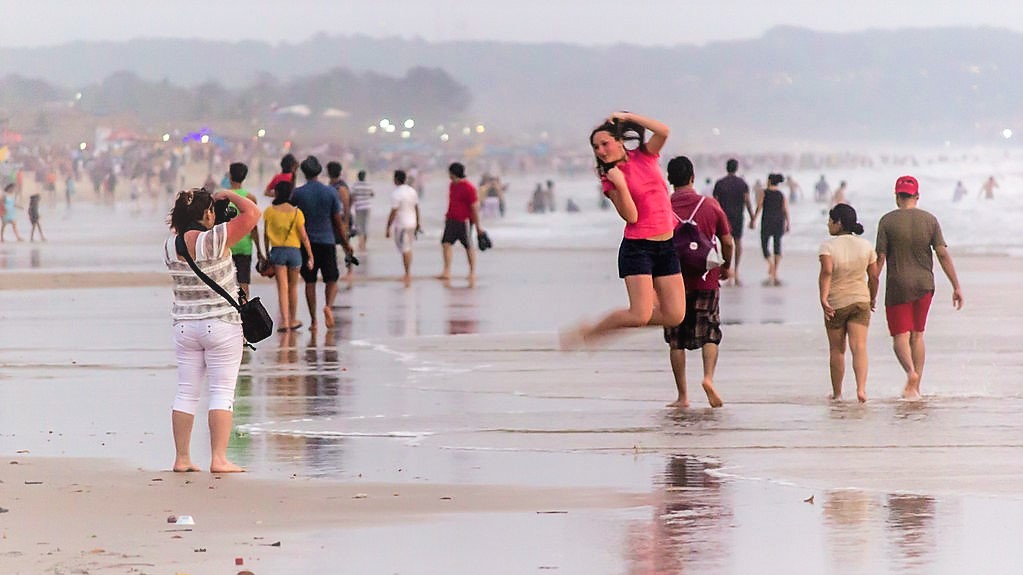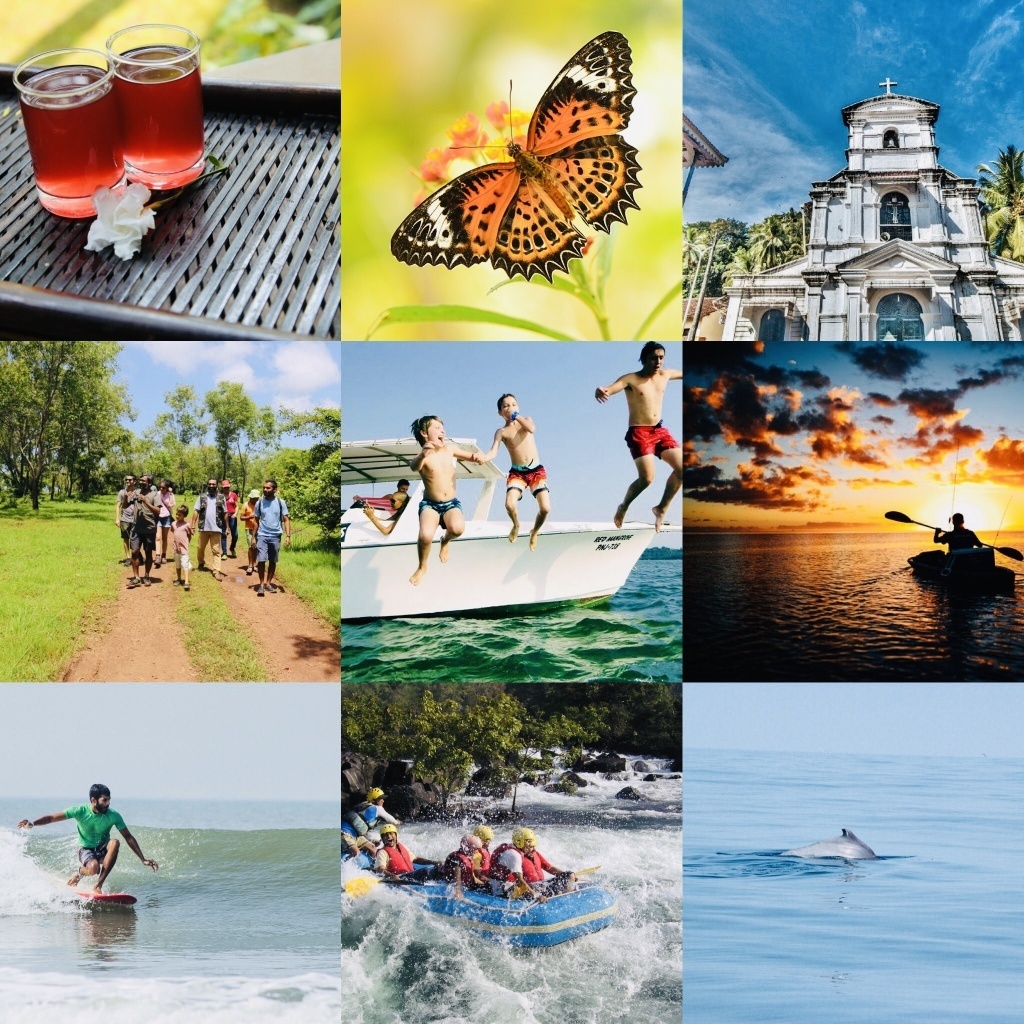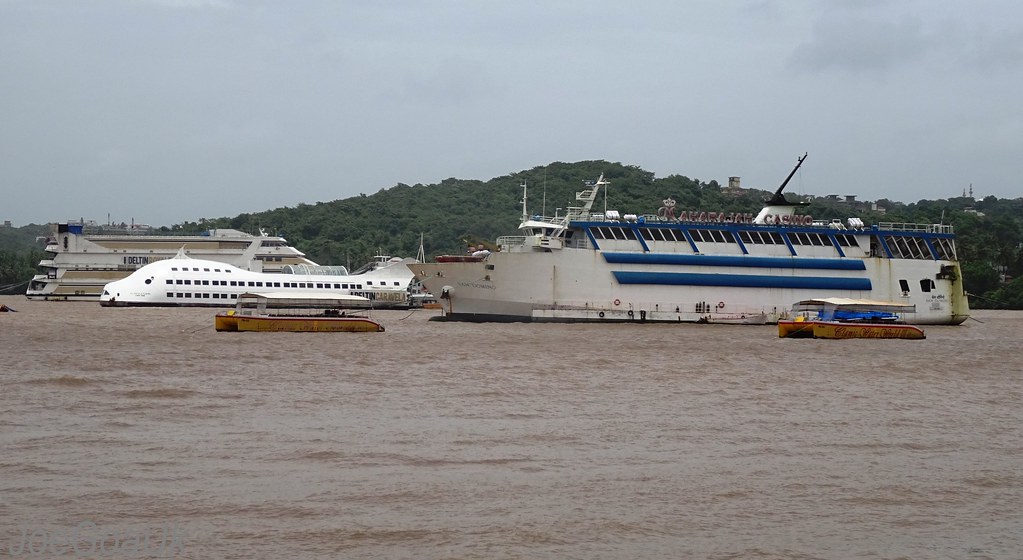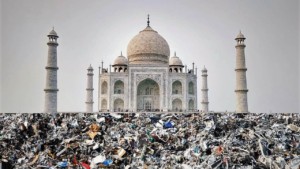What’s Goa-ing on? The past, present and future of tourism in Goa

Justine Calais of the Responsible Tourism Collective of Goa shares her “GT” Insight into what’s really going on with tourism in India’s Sunshine State.
Goa is a unique place. It is fair to say that it has everything going for it that a tourism destination could ever wish to have — but at the same time it has a lot going wrong for it. And herein lies the tragedy.
Tourists have been coming to Goa for years. From around the mid 1960’s onwards, European travellers started arriving on the Hippie trail. They found a Goa that was completely untouched; there was nothing here – Goa was blissfully ignorant that tourists even existed! The locals provided for them, but only as an extension to the way they were already living – perhaps a fisherman would decide to build an extension to his thatched beach hut, and to catch an extra fish for dinner. The peace-loving hippies would have created their own hangouts, no doubt inspired by the Goan ‘susegad’ way of life.
Not until the mid 1980’s did organised tourism really begin, with the onset of charter flights. The numbers have steadily increased over the years. 2016 – 17 saw 988 international charter flights arrive into Goa, offloading a total of around 233,000 passengers. But this is only a fraction of the story. Total tourist numbers for the same year stand at around 6.4 million (of which domestic tourists account for a staggering 5.7 million).
International tourist numbers seem to be holding up for now. Although every year there are more and more insidious indicators that this might not be the case for very long. In February this year, Finnair decided to stop flying to Goa after 25 years. Every year, foreign tourist regulars lament about how Goa has changed so much, and that other destinations now offer better value for money (what they really mean is – beaches which are not strewn with plastic litter and broken bottles and overrun with hordes of ogling men). At the end of the holiday, people just want the basics taken care of.
The domestic tourist numbers present an altogether different story. Dramatic increases over the last 10 years (and particularly the last five years) are a direct result of middle class mobility in Indian cities corresponding with the rapid growth in domestic aviation. But many more arrive by road, spilling in from other states in huge busloads and private vehicles. The vast majority of road tourists do not check-in to accommodation, spend at restaurants, or have any access to sanitation facilities. The resultant problems are self-explanatory.

Times are changing
As is the sad irony with many sought-after destinations, the very things that attract people can be the ones most likely to get destroyed – meaning that places with the most impressive inventories can potentially self-sabotage. India’s Sunshine State is certainly a case in point, with its beautiful coastline of sandy beaches, palm tree picture-perfect landscapes, verdant paddy fields, Portuguese colonial houses, Catholic churches at every turn, quaint villages, easy-going local culture, stunning biodiversity, riverine systems, seafood-rich local cuisine – and the list truly goes on. It’s long history as a Portuguese colony for 450 years has always given it a Europeanised edge over the rest of India (which comparatively was colonised by the British for only 89 years). Right here in India, you could frolic on the beach in a bikini while drinking local Kingfisher Beer straight out of the bottle, and no one would bat an eyelid!
But the story is changing. These days, the sun rises on a sandy beach festering with last night’s trash; but no one will be employed to pick it up. Coconut trees are hacked down in the dead of night for widening roads. Illegal construction mysteriously appears in a paddy field because the local Panchayat (Council) is making a quick buck. Locals become hostile and an anti-outsider sentiment sets in. Local fisherman can’t earn a living because authorities don’t respond to illegal fishing trawlers. Intimidating groups of men that have just driven across the border from a neighbouring conservative state feast their eyes on bikini-clad ladies.
Of course, not all these problems can be directly attributed to tourism, but in a state where according to modest estimates, tourism represents 40% of the GDP, (and where the other major industry, mining, is currently in deep trouble) no problem is separate from tourism, and vice versa. But if the government and enforcement authorities can’t even get the basics right – and moreover, knowingly choose inaction over solutions, or worse still, complicity over transparency – then what hope is there of ever progressing to the next level where we can even think of creating a sustainable tourism model, as has been so successfully implemented in nearby Kerala, or even now Sri Lanka.
Instead, Goa promotes its casinos on huge billboards at the airport. It currently has six offshore casinos – massive boats anchored in the Mandovi River, all in close proximity to one another and just a stone’s throw from the promenades of the capital city Panjim. The latest newcomer to the fleet is Big Daddy. Little thought is given to the type of tourism this attracts – male dominated, alcohol-fuelled, and thrill seeking. Gambling is illegal in pretty much the rest of India, and despite numerous promises from the state to phase out the casinos nothing has changed yet. So what we are really gambling with is Goa’s future.

Everything will be fine!
But according to the Tourism Department, everything is under control – thanks to the Master Tourism Plan they have come up with. Under this proposal, casinos will be relocated from one ecologically fragile river bay area to another and labelled ‘organised gaming clusters’. What difference this will make is hard to comprehend. Other visions for the state include golf courses, family entertainment districts, F&B courts, marinas, multimedia experiences, amphibian buses, and the bizarre wish list goes on. Literally hundreds of presentation slides that make up the 4 Master Plan modules are filled with glitzy images of other destinations like Ibiza, Macau and the Maldives – that we in Goa should be striving to imitate. For anyone who has any common sense or on-the-ground knowledge of Goa, the Master Plan looks ludicrous and beyond delusional. But this is hardly surprising, given the fact that foreign consultants at KPMG, who know nothing real about Goa, were tasked with deciding its future. The Tourism Department seem to think this is all fine – after all they are the ones who commissioned KPMG for the job. But the rest of Goa is up in arms, and the proposals are being widely criticised by industry, local citizens, stakeholder bodies, NGOs, activists and experts alike.
Against this whole backdrop, one wonders who will be the true stewards of destination Goa. Till now, there are certain stakeholder bodies that fight for a seat at the table and for their voices to be heard, but it is always a case of struggling against the system. The Travel and Tourism Association of Goa (the apex industry body) recently lodged complaints that the Tourism Minister was reluctant to meet its members. When meetings eventually do happen, the media predict that ‘fireworks’ will occur, due to the pent-up frustration that gets vented at these all-to-infrequent events. Another body, the Responsible Tourism Collective of Goa, is a recently formed group of business members running truly responsible enterprises. They aim to expand their membership, educate and raise awareness, actively promote responsible tourism and work with the government. Their website provides an impressive range of options for the conscious traveller.
The turbulent tourism-scape that we find ourselves in must not result in complete disillusionment and apathy. Organised, co-ordinated and proactive groups of people that can become voices to be reckoned with at the government level present the best option we have. At the same time, tourism businesses must always strive to be forces for good within their surrounding communities and environment. If we can reach a critical number of individuals and enterprises committed to the sustainable future of Goa, this may be the only realistic way forward.
Featured image: Goa beach scene, March 2013. By Saad Faruque (CC BY-SA 2.0) via Wikimedia. GT” cropped and enhanced it.
About the author

After graduating with a BA in International Politics in London, Justine Calais worked in hospitality in the UK. Her experiences there led her to make a move into the sustainable tourism space, and for the last few months she has been running the Responsible Tourism Collective of Goa — a group of like-minded businesses that promote responsible tourism and eco-conscious travel.





